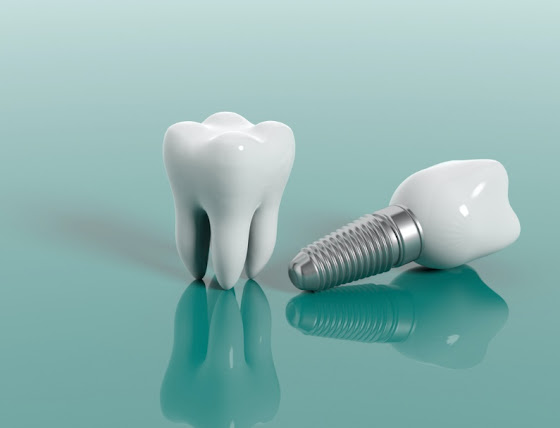Children are active, and dental accidents can happen anytime. Knowing how to respond quickly can protect your child’s smile and reduce pain. If your child experiences a sudden dental injury, contacting a dentist in West Edmonton right away is essential to prevent complications and ensure proper care.
When to Contact an Emergency Dentist
Seek an emergency dentist near you if your child has a knocked-out tooth, severe tooth pain, chipped or broken teeth, or injuries to the gums, lips, or tongue. Immediate care is critical when bleeding won’t stop after 10–15 minutes, facial swelling appears, or pain continues despite medication. Quick treatment increases the chances of saving permanent teeth.
Knocked-Out Teeth
For baby teeth, do not reinsert the tooth, as this can harm developing permanent teeth. Rinse the area gently, apply gauze, and contact an emergency dentist.
For permanent teeth, keep the tooth moist in milk or a preservation solution and reach a dentist within 30–60 minutes.
Broken or Fractured Teeth
Rinse the mouth with warm water, apply a cold compress, and give age-appropriate pain relief. Save any broken pieces and visit a dentist immediately. Prompt care often allows the tooth to be repaired.
Soft Tissue Injuries
Gently rinse the mouth, apply pressure with clean gauze, and avoid harsh products. Seek professional care if bleeding continues or the wound is deep.
Comfort, Prevention & Follow-Up
Keep your child calm, avoid hard foods, and use cold items to reduce swelling. Mouthguards, helmets, and regular dental visits help prevent future emergencies. Even minor injuries should be checked to avoid hidden damage.
Schedule an Appointment Today
If your child is facing a dental emergency, don’t wait. Schedule an appointment at Aldergrove Dental Clinic today to ensure fast relief, proper treatment, and protection for your child’s smile.









